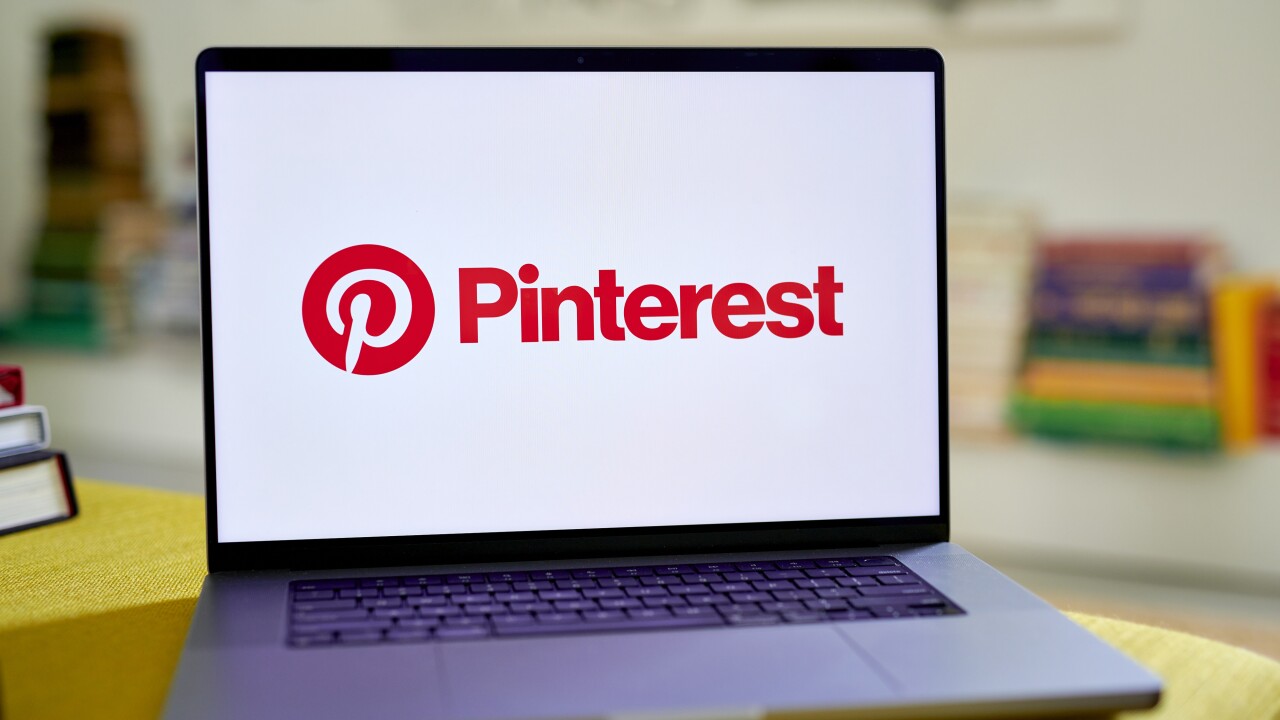Multi-stakeholder partnerships of community and business resources like
Catherine Baase, global director of health services for The Dow Chemical Company and co-chair of the Health Enhancement Research Organization committee that created HWHC, says its goal is to simultaneously drive business success and community-level health improvement through employer leadership.
“When the business community has a compelling business case and the framework for action, great things happen,” she says. “The HWHC initiative is grounded in this approach, along with a solid base of employer-community success stories to anchor a business rationale for why companies should commit to the health of their communities.”

Karen Moseley, VP of education for HERO and a project leader for HWHC, believes it’s easy to make the business case for employer participation in community health initiatives. “If they are investing in the health of their communities, businesses are impacting not only the health of the employees that live there but their dependents and their families. They are also making the community a more attractive location for other businesses,” she says.
Moseley also notes that the private sector bears the burden of direct and indirect health care costs including health care premiums, workers’ compensation, disability and absenteeism. “The American Public Health Association reports that for every dollar invested in food and nutrition education, there’s a $10 return in reduced health costs,” she says.
Schwan Food Company
Led by executive vice president and chief human resources officer Scott Peterson, Schwan Food Company answered the call when Marshall, Minnesota decided that to attract both employers and employees, the city needed to have a compelling value proposition around health. The company has about 12,000 employees in hundreds of locations throughout the United States, but over 2,000 employees are employed at the main facility in Marshall.
“The company has developed a very extensive health and wellness strategy over the last five or six years and we’ve made good progress in terms of metrics around cholesterol and blood pressure reduction for our employees, but we think it is important to also help their families and other people who reside in the community,” he says.
Schwan is an active member in Healthy56258, a Marshall community initiative aligned with “A Healthier Southwest” and the “Alliance for a Healthier Minnesota.” The organization’s goals are to establish and sustain a culture of health and wellness in the city by increasing physical activity and healthy eating.
Several alliances have directly benefitted Schwan and its employees, including a cooperative program with Southwest Minnesota State University where company employees work with exercise science students and a partnership with the local YMCA diabetes education program.
For Schwan executive Mike Berg, the SMSU co-op program has been life-changing. As a result of a car accident about 20 years ago, Berg was in a wheelchair for about three years. With the help of extensive physiotherapy and occupational therapy he learned to walk again, but he had no physical stamina and sitting in a chair for protracted periods was difficult for him.
When he saw the notice about the Schwan-SMSU wellness initiative, Berg called right away. He was assigned to Kristy Leopold and immediately hit it off with her. Berg calls himself a “walking paraplegic” and his progress was nothing short of amazing. Since starting his program with Leopold, he lost 20 pounds, and has dropped his body fat 12%. He cut 10 minutes off his walking mile time and within a few months, he completed a 5k walk.
“Kristy is has given a lot back to me and my family, and she is a second daughter,” Berg told
It’s early days for Healthy56258 but the group has big plans including setting up permanent offices at SMSU, securing funding and hiring an executive director. Lunch and learns will be offered beginning in April at the YMCA and a website and speaker’s bureau are on the drawing board.
Measuring ROI on these projects going forward is also on the group’s to-do list. Peterson says available metrics include the
In addition to supporting health and wellness in Marshall, Schwan has a corporate responsibility strategy. For example, the
“We want to make sure we are supporting the community so it’s a two-pronged approach."
“We want to make sure we are supporting the community so it’s a two-pronged approach,” Peterson says. “We are also very involved with the local food shelves [such as Second Harvest] because one of the key aspects of nutrition is we have to make sure people aren’t hungry.”
His advice to companies that want to get more involved in community health initiatives but don’t know where to start?
“Frankly, you’ve got to identify other employers that are like-minded and want to make an impact, because the leverage of multiple employers promoting wellness and sharing with their communities will benefit their employees, their families and the broader community,” he says.
Moseley is also convinced of the value of multi-stakeholder coalitions. “Community health initiatives need to involve all sectors of the community working towards a common goal. That’s going to require first of all assessing the needs of the community, identifying one or two projects that address these needs that everybody in the coalition can get behind and then acting on the priorities established,” she says.





